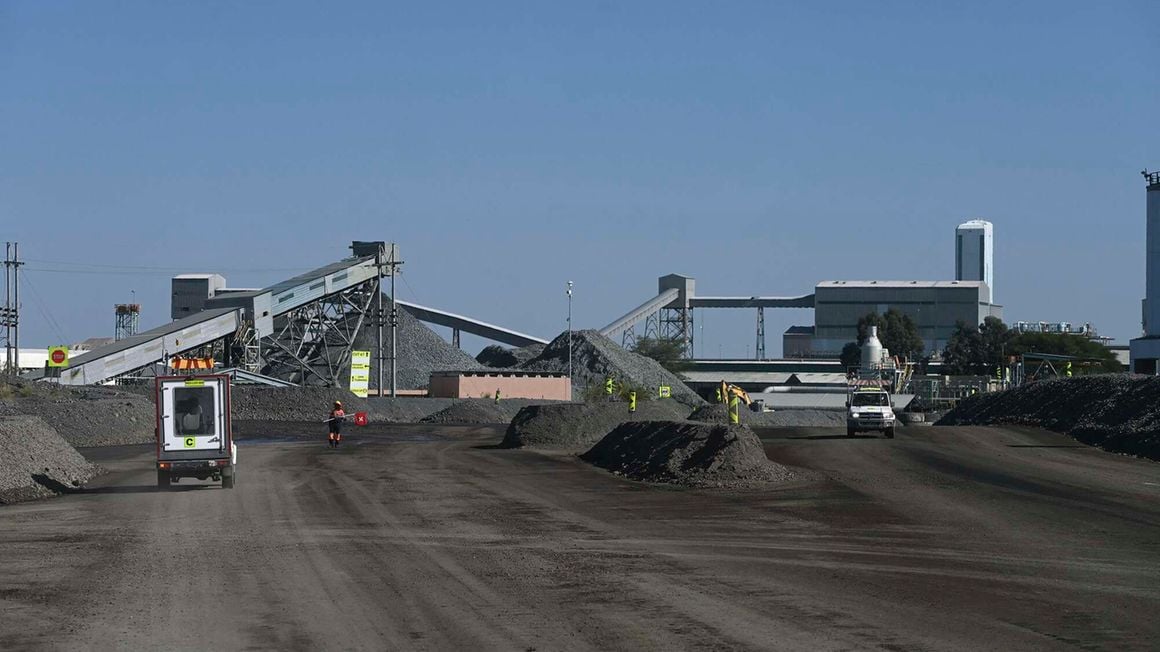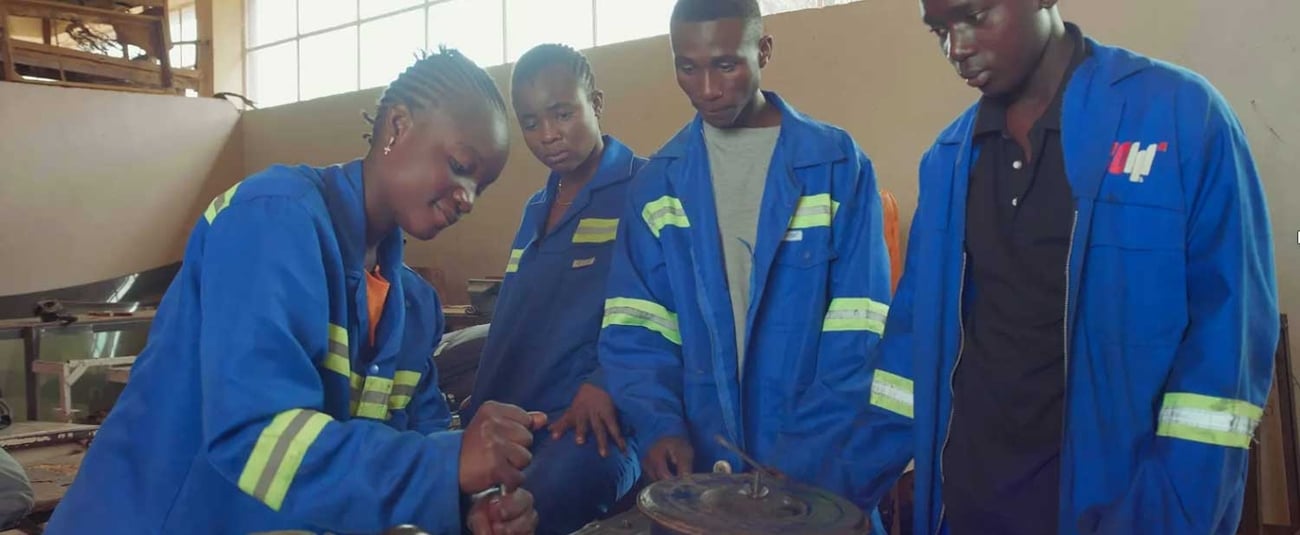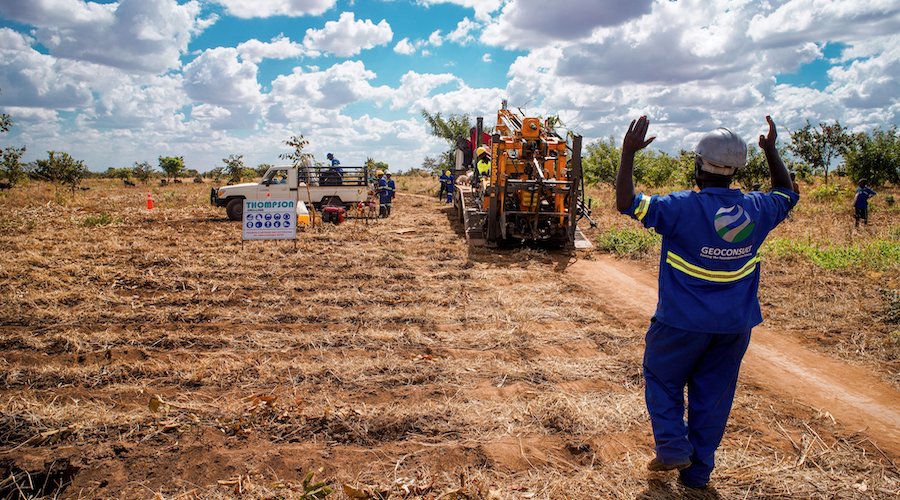Botswana looks beyond diamond bling as EA steals Afcon rights
On September 27, the men who run football in Morocco, Kenya, Tanzania and Uganda were high-fiving and popping champagne.
Meeting in the Egyptian capital Cairo, the governing body of African football CAF, awarded Morocco the rights to host the 2025 Africa Cup of Nations (Afcon) finals, while a joint bid from Kenya, Tanzania and Uganda (the Pamoja bid) was selected for the 2027 tournament.
Over 5,500 kilometres away south in Botswana, the football people started planning to start the evening early, to drown their sorrows in Okavango Kingfisher beer and St Louis Lager. Botswana had made a solo bid to host the 2027 Afcon but had come away empty-handed. Initially, it had planned a joint bid with Namibia, but Windhoek later cut and ran.
As always, the devil was the in the details. The Pamoja bid was a 160-page pitch in which the three East African nations pledged to spend $200 million on new stadiums and infrastructure. Botswana’s solo bid was 569 pages, and it wagered $757 million on three new state-of-the-stadia, nearly four times more than Pamoja brandished.
That is remarkable, for Botswana has a population of 2.4 million, and the Pamoja nations together boast 165 million. And Botswana’s footballing degree is no more distinguished than that of the Pamoja bid sides.
Its national football team, the Zebras, made a big breakthrough in 2012, when they qualified ahead of Tunisia, Malawi, Togo and Chad for their first, and so far only, Afcon finals in Gabon and Equatorial Guinea. They also lost the bid host that 2012 tournament.
You can’t eat a ball. The money is in what comes off football and sports. Officials in the Botswana capital Gaborone tout investments in sports as part of a major “diversification” move. On the back of the 2023 Forbes Under 30 Summit Africa held in Gaborone in April, Botswana President Mokgweetsi Masisi spoke ambitiously about making the country Africa’s “innovation laboratory,” turning into the “Singapore of Africa,” and making it the continent’s “entrepreneurial hub.”
Like Rwanda in East Africa, Botswana sees sports and events as part of the software that will drive this pivot toward a more services fuelled economy.
Nearly 90 percent of Botswana’s export earnings come from diamonds, and a large chunk of the rest from beef. It is Africa’s largest producer of diamonds, and second in the world after Russia. Its sales of diamonds from Debswana hit a record high of $4.588 billion in 2022, compared to $3.466 billion in 2021, as Western buyers shunned Russian stones and the southern nation cashed in on steady global demand for diamond jewellery.
Debswana is a joint venture between Anglo American (AAL.L) unit De Beers and Botswana’s government, and sells 75 percent of its stones to De Beers, with the balance taken up by the state-owned Okavango Diamond Company. Botswana also has the largest and most advanced diamond sorting facility in the world.
Along with South Africa and Namibia, it is one of the biggest beef exporters to the European Union. The country, famously, has more head of cattle than people.
The result of all this, is that Botswana, which was dirt poor when it gained independence from Britain in 1966, today has the fourth highest gross national income (GNI) per capita in purchasing power terms in Africa.
A large diamond fortune of itself, however, doesn’t explain its relative wealth compared to its mineral-rich African peers. Passing grade governance, state competence, and a long spell of peace account for why it has prospered where others have suffered the resource curse.
In an interview with Forbes, President Masisi offered Botswana’s “rule of law, business-friendly” policies, and it’s being “the longest uninterrupted [liberal] democracy in Africa,” as the recipes for its success, and a reason why investors should trust it with their money.
Though it is largely free, and presidents have dutifully respected term limits, Botswana has, nevertheless, been ruled by one party, the Botswana Democratic Party (BDP), since independence. Its mercurial former president Ian Khama, son of the country’s revered founding president Sir Seretse Khama, nearly upset the apple cart.
President Masisi, who was his deputy, succeeded him in 2018. Unlike previous leaders who took a low profile upon leaving State House, Ian Khama, retired at 65 when he was fairly “young,” and as a bachelor, hadn’t been worn down by the toil of parenting and marriage. His critics say he is a “spoilt brat,” who had hoped that President Masisi would only act as his puppet, and not chart his own independent path. A sour Khama Junior has spent the past four years sniping at Masisi, and denouncing him, from his self-imposed exile in South Africa.
The soundtrack of Khama’s attacks has presented some of Botswana’s vulnerabilities in sharp relief. The country is plagued by droughts, which have many times led to water rationing. Botswana’s water stress is expected to grow as global warming increases.
It is also heavily reliant on food imports, owing to a lack of arable land. Though at 581,730 square kilometres it is more than twice as large as Uganda, Botswana has only a measly 0.5 percent of arable land. Uganda, by contrast, has nearly 80 percent arable land – giving it 66 times more arable land than Botswana, which is more than twice bigger!
As a result, Botswana is aiming to build one of world’s biggest irrigation schemes to transport 495 million cubic metres a year of water from the Chobe-Zambezi River through about 1,250 kilometres of pipelines to its arid south. The project is critical for Botswana goals of ending its chronic droughts and achieving agricultural independence.
It also offers a window into just how remarkable its dairy industry is. It built it from scratch, in lands that are all but desert, in much the same its most striking tourist attraction, the Okavango Delta is.
As a plug in the National Geographic reported it,“The Okavango Delta is as complex as it is beautiful. Surrounded by desert, it’s completely sustained by seasonal rains that nourish a staggering range of plant and animal life. Seasonal flooding swells and replenishes this verdant oasis, attracting huge numbers of iconic wildlife that move between fertile plains, marshlands, and huddles of shaded islands. When the floodwater recedes, the Delta shrinks, concentrating animal numbers and making for some of the very best game viewing in the world.”
The Botswana of the future will be one where the big game viewed is not one handed to it by nature, but that made out of its creativity — like Afcon, which East Africa stole from it.
Share this content:














